Refresh, this video cover looks good, click to see it.
Every day, there are hundreds of millions of people in the world who are like you, repeating this operation, lying in bed, watching short videos or watching dramas to relax.
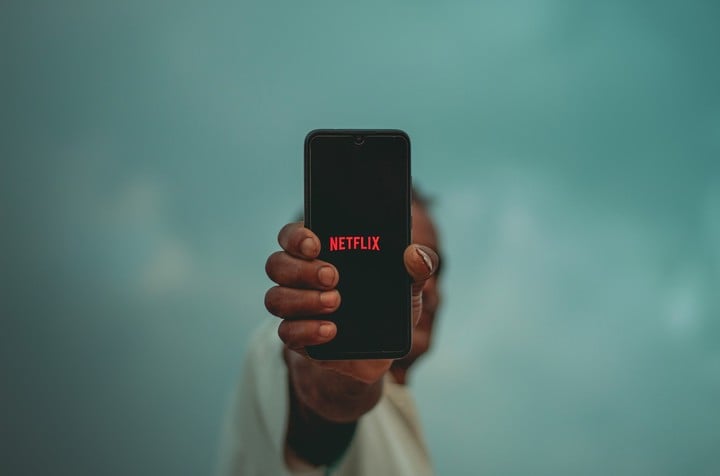
Short videos and streaming media applications can always launch “content you like” in the refresh, and there will always be a video cover that just hits your liking. In such a loop, time ticks by.
1 hour, 2 hours, 3 hours, time just went by.
How do short videos and streaming apps do it?
Netflix once introduced the relevant principles in its own technical blog, how it makes you “can’t stop” through cover after cover.
The “Cover Algorithm” that makes you want to stop
Before the popularization of streaming services such as Netflix, the movie posters we saw were like this. The scenes and characters formed an intertext, and the character of the protagonist Walter White in “Breaking Bad” was fully revealed.

▲ “Breaking Bad”. Image from: Netflix
Or like this, the large-scale “Silence of the Lambs” movie poster, people can intuitively pay attention to the fact that the moth in the poster is actually composed of 7 women, suggesting that the criminal in the play is eager to “break the cocoon into a butterfly” to become a woman.
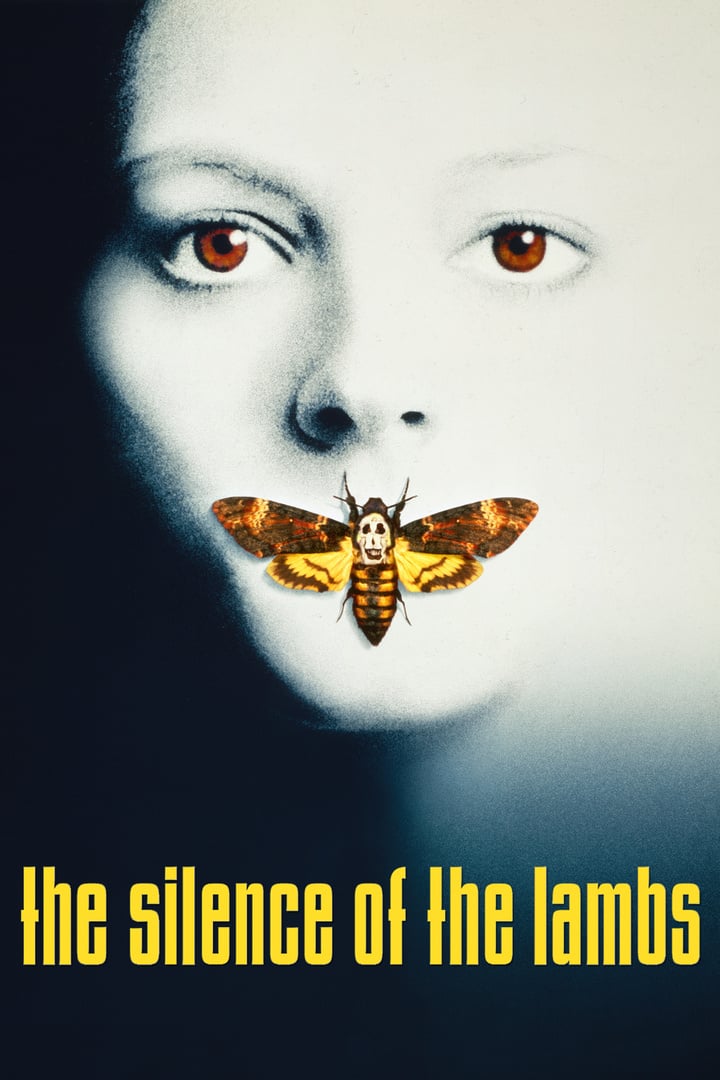
▲”Silence of the Lambs”. Picture from: Douban
In the early days of the rise of online video, this kind of creative poster naturally became a movie cover, but it is difficult to see similar creative covers on Netflix these days. Video covers have become simpler and more direct, and most covers are a The title of the movie, accompanied by the protagonist.
It seems to be an “anti-common sense” thing, shouldn’t it be more attractive to use a movie creative poster as a video cover?
The answer is no, the Netflix team explained in a tech blog.
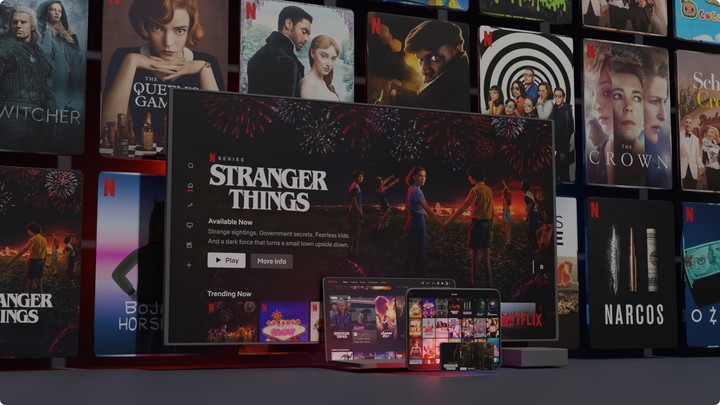
The bearers of streaming media are devices such as TVs, mobile phones, and tablets. Poster viewers with too many details may not notice it, or even ignore it directly.
What’s more, there are so many movies and episodes to choose from on streaming that people stay too short for an episode.
This may be to blame for your ability as a human being. According to the official publication of the Massachusetts Institute of Technology “MIT News” , the human brain only needs 13 milliseconds to process the images seen by the eyes.

Netflix has done a special experiment for this, and they found that people will only stay for a video for 1.8 seconds, and if they do not click on any video within 90 seconds, people are likely to directly close Netflix.
This is something Netflix doesn’t want to see. No one is watching the video content, which means no one is willing to pay for a subscription, so optimizing the video cover has become one of the team’s top priorities.
Compared with ordinary video creators, Netflix has the advantage of being rich in content. It has not only acquired a large number of film and series copyrights, but also many self-made series and movies. The huge user subscription group also allows them to analyze people through user and click data. Preferences for different episode types.
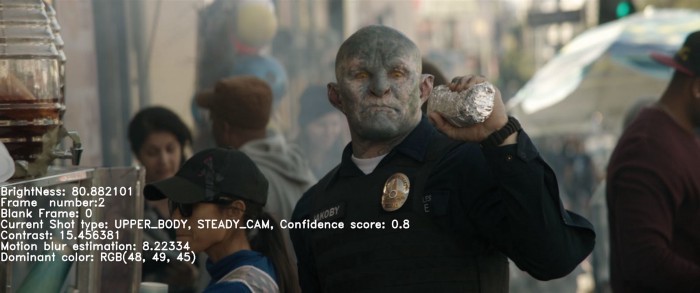
▲The screen with the data type marked
The same is true for episode covers. Netflix has designed an algorithm for episode covers based on people’s browsing click data – AVA visual analysis.
Generally speaking, Netflix will extract all the picture frames contained in the movie or drama, and collect and analyze the data of each picture. The data dimensions include brightness, color, contrast, motion blur, lens situation, composition and actors. and many more.
After that, Netflix will grade and filter the data, and select the cover image test suitable for display according to the user preference data.
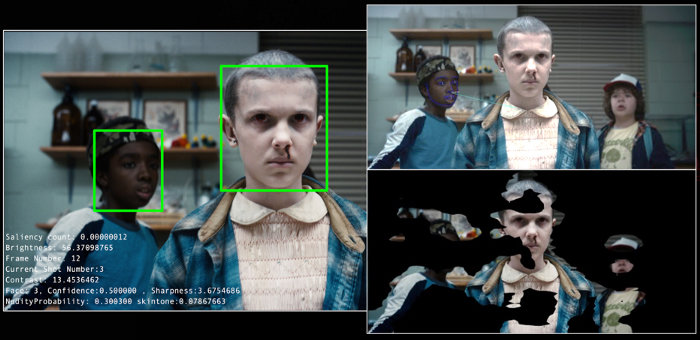
▲Data annotation of facial expressions and poses
This is an extremely complex process that consumes a lot of computing resources. For example, 1 hour of “Stranger Things” contains 86,000 frames. The complexity of selecting the cover image can be imagined.
Huge data analysis has allowed Netflix to better understand people’s preferences, and the technical team has listed some intuitive examples in a blog post.
For example, the cover of the same stable composition and good look and feel, the audience usually chooses the cover of the concise character plus the movie title. The cover of the high-scoring drama “Orange Is the New Black” has gradually evolved according to this rule.
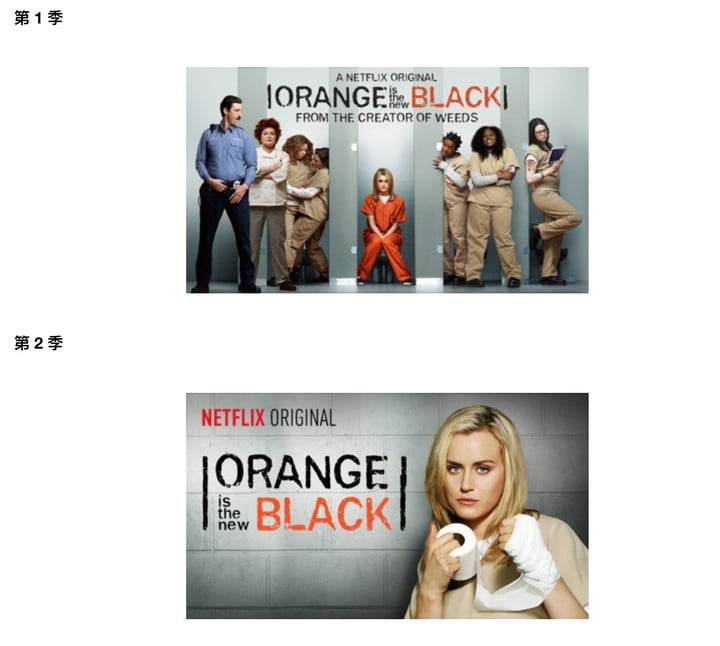
▲ The covers of the first and second seasons of “Orange Is the New Black” adjusted according to the data results
Another interesting trend is that audiences generally prefer “Bad Guy” as the cover of the video, which has a higher click-through rate, as was the case with the popular series “Squid Game” some time ago.
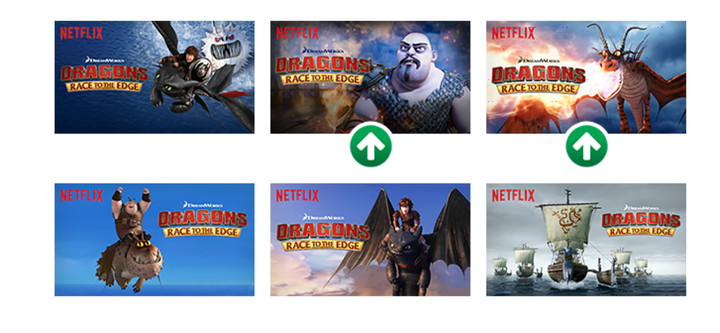
▲ In the same movie, the cover that highlights the “bad guy” is more popular
Because Netflix spans multiple countries and regions, it also dynamically adjusts video covers based on different regional cultures to get higher clicks and watch times.
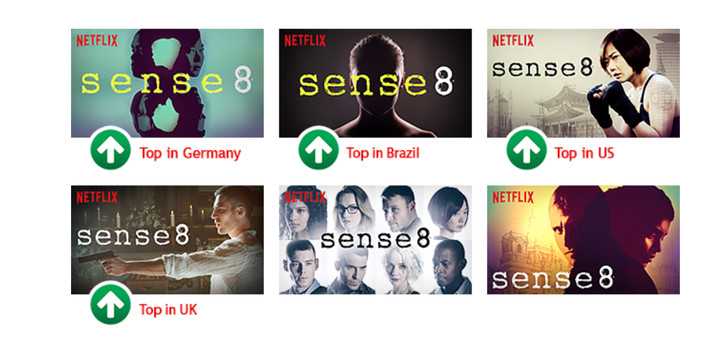
▲ People from different regions like different covers
Episode covers aren’t always set in stone, and Netflix relies on A/B testing to continuously optimize.
It is through the continuous optimization of the cover algorithm that Netflix can always recommend content “that suits your preferences”, plus the operation method of releasing a full episode, and there are cases where you stay up all night to watch a full season of episodes, which ultimately promotes the continuous growth of Netflix’s usage time. , to increase the subscription rate.
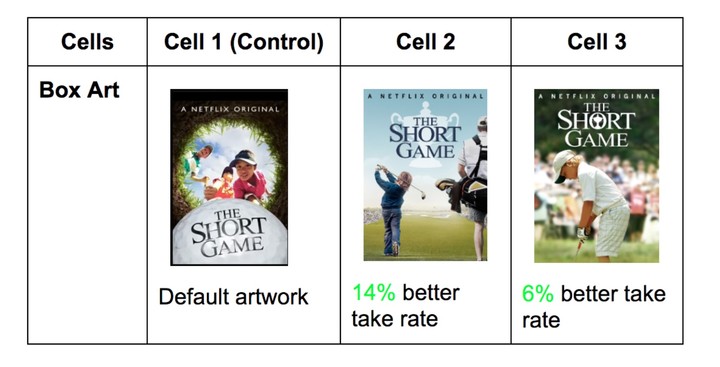
▲ Netflix’s A/B test case, the second cover works best
According to data research firm statista , Netflix has 222.18 million subscribers by the end of the fourth quarter of 2021, making it one of the largest streaming media service providers in the world.
Algorithms or people
In this era when hundreds of millions of people watch videos every day, more attractive and clickable video covers have become a major learning. In addition to Netflix, many institutions and platforms have discovered videos with simple characters and enlarged titles, which can increase the click rate.
There are more and more streaming media services, and more platforms have grasped this trend, and the “standard answer” has suddenly increased.
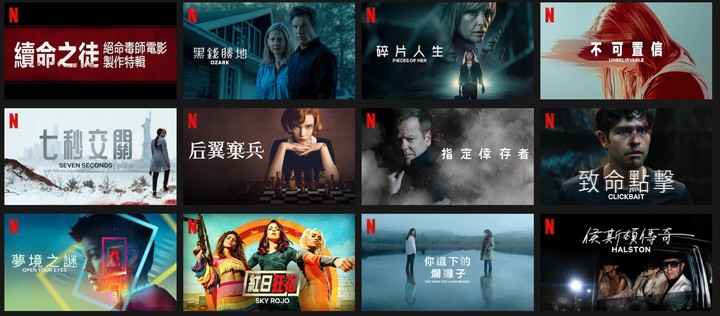
▲ Netflix movie cover
When the standard answer is too easy to obtain, its value will naturally decrease rapidly. Although the cover design of simple characters and titles guarantees a qualified visual perception, some people think that this kind of routine is too heavy, and they miss the creative design on movie posters.
Algorithms can help people find standard answers quickly, allow people to find episodes that they may be interested in more quickly, and help people quickly make decisions based on the cover of a bunch of movies. Over time, the choices will converge, and the expression of personality that does not follow the trend is therefore more and more precious.
The subscription business model of streaming media platforms such as Netflix has spawned an algorithm-centered recommendation mechanism, which makes people watch “addictive” while increasing the payment rate. Different products will lead to different designs.
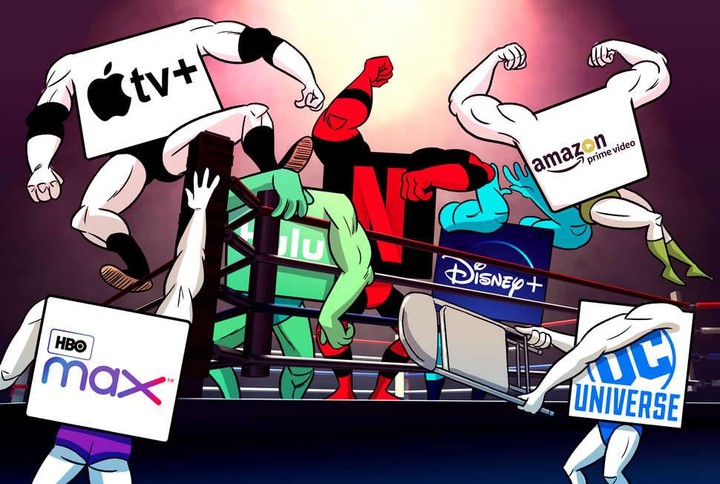
▲ There are more and more streaming services. Image from: Thrillist
Station B is similar to Netflix, but there are some differences. The similarity is that they both recommend videos to people through algorithms.
The difference is that Bilibili is deeply influenced by community culture. If you look closely, you will find that official copyrighted movies or dramas in the recommended information flow of Bilibili do not always use standard answers, such as the cover of “Initial D”.
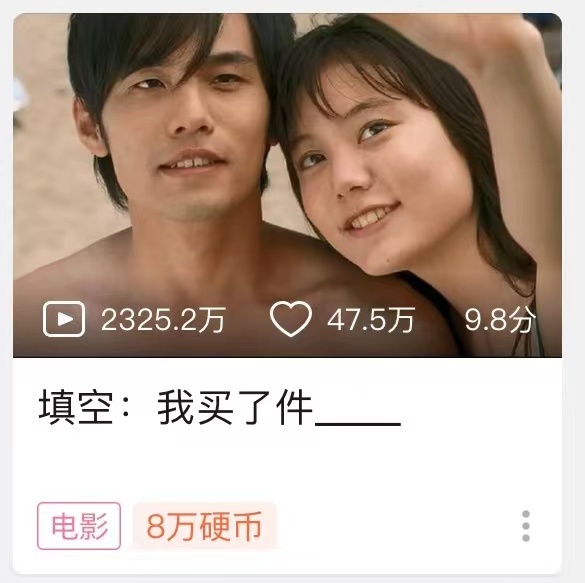
▲ Friends who know the answer, see you in the comment area
This is obviously a work with a lot of artificial traces, and I have seen many similar cases.
The cover is just a picture in the film, and it forms an interesting intertext with the title. Audiences who have seen or know about this film will most likely know the answer to the question “I bought a __”. Combined with the stalk, it is with B Station community culture.
A few years ago, we talked about the high probability of mentioning keywords such as two-dimensional, ghosts and animals at station B. Now after a series of expansions, revitalization, Internet stalk culture, etc. have become one of the new keywords. From “Let the Bullets Fly” From the popularity to the new stalks that change from time to time on the hot list of station B, everything is like this.
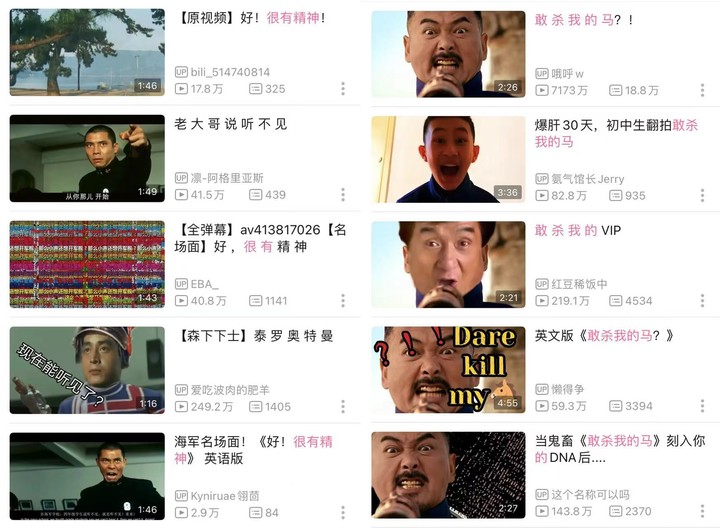
▲ “Very Spiritual” and “Let the Bullets Fly” are popular stalks at Station B
Of course, whether it is Netflix or station B, the premise of such an important cover is the use of multi-column design. If it is a single-column information flow, the importance of the cover will be greatly weakened.
The most intuitive example is Douyin. The automatic video playback shortens the time people spend watching the cover. There is only one video to choose from on a whole screen. Swiping up and down replaces clicking, and the audience is always refreshing.
The value of the cover becomes extremely low, it can no longer make the video stand out from the pile of choices.
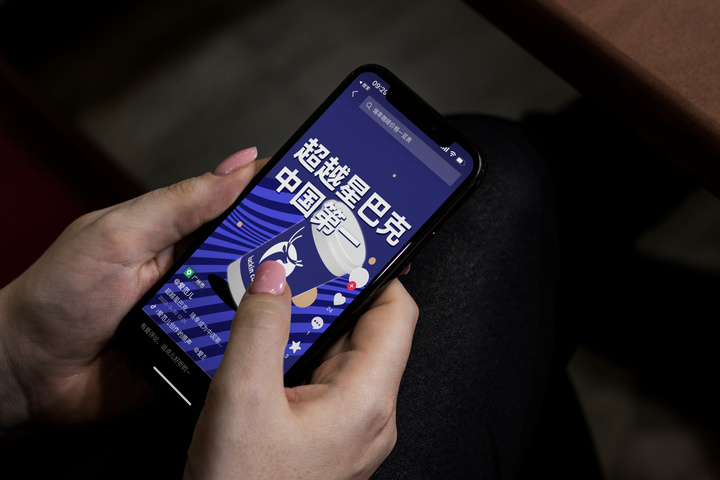
▲ “Brush” Douyin
In other words, the first few seconds of the Douyin video is another form of “cover”. When the first few seconds of the video are not attractive enough, people will swipe away.
Algorithms embody the two sides of technology incisively and vividly.
On the one hand, the conclusions drawn based on a large number of data tests are closer to people’s preferences, allowing people to find content that suits their preferences faster, and use covers that better suit their preferences to help people choose quickly. On the other hand, excessive addiction and selection convergence have brought many adverse effects.
The two hegemons of mobile platforms, iOS and Android, have provided digital health functions, which is enough to prove the seriousness of the problem. The “screen time” option provided by digital health functions is also to allow people to have new tools to choose. Limit the popularity of Netflix and other The usage time of the entertainment app,
The efficiency of the algorithm is useful, but human control is also indispensable.

This article is reprinted from: https://www.ifanr.com/app/1483040
This site is for inclusion only, and the copyright belongs to the original author.